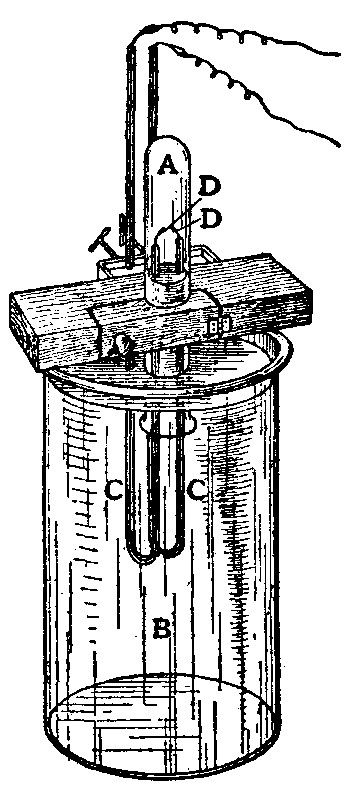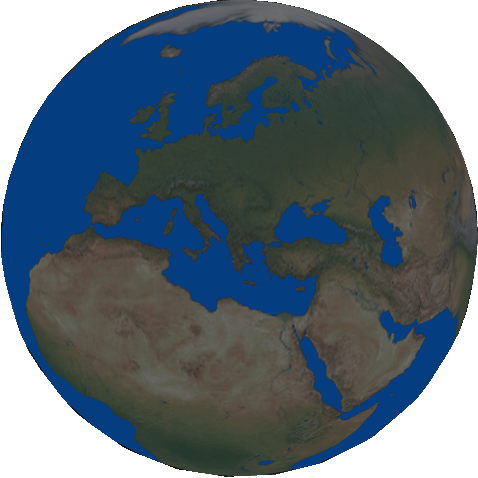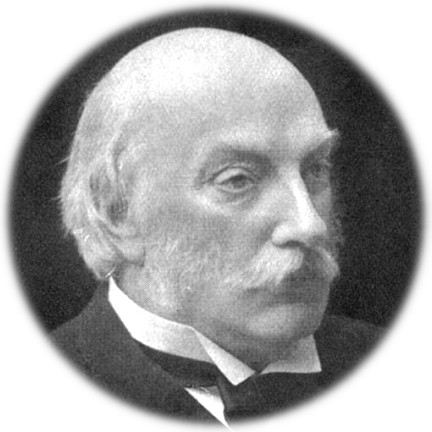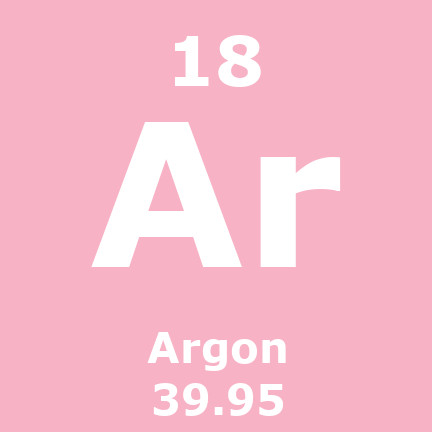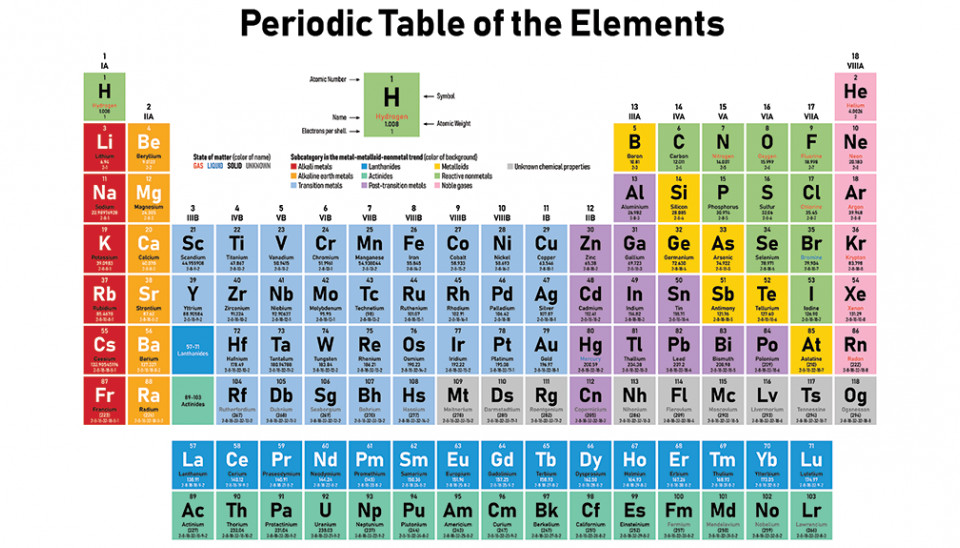08/1894 AD discovered
Ramsay told Rayleigh he had isolated a new, heavy component of air, which did not appear to have any chemical reactivity. He named this inert gas "argon", from the Greek word meaning "lazy", based on their April conversation.
Argon was first isolated from air iat University College London by removing oxygen, carbon dioxide, water, and nitrogen from a sample of clean air.
It was accomplished by replicating an experiment of Henry Cavendish's. A mixture of atmospheric air with additional oxygen was trapped in a test-tube (A) upside-down over a large quantity of dilute alkali solution (B), which in Cavendish's original experiment was potassium hydroxide, and conveyed a current through wires insulated by U-shaped glass tubes (CC) which sealed around the platinum wire electrodes, leaving the ends of the wires (DD) exposed to the gas and insulated from the alkali solution.
The arc was powered by a battery of five Grove cells and a Ruhmkorff coil of medium size. The alkali absorbed the oxides of nitrogen produced by the arc and also carbon dioxide. They operated the arc until no more reduction of volume of the gas could be seen for at least an hour or two and the spectral lines of nitrogen disappeared when the gas was examined.
The remaining oxygen was reacted with alkaline pyrogallate to leave behind an apparently non-reactive gas which they called argon.
Subjects Who or What discovered?
-
The Lord Rayleigh (John William Strutt, 3rd Baron Rayleigh) British scientist who ma...
-
William Ramsay Scottish chemist who dis...
Objects To Whom or What was discovered?
-
Argon (Ar) A noble gas that is the ...
Timelines (that include this event)
Events in 1894 MORE









